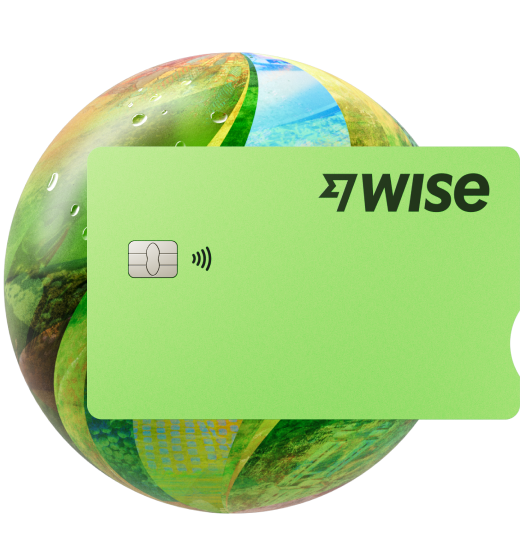Receive money from abroad in India

India’s comprehensive new Goods and Services Tax (GST) replaces most central and state taxes like excise duty, countervailing duty, service tax, VAT, Octroi, entry tax and luxury tax. Learn about GST and what it means for you, here. We’ll also look at how mid-market rate currency exchange from Wise can cut your costs when trading internationally.
GST was introduced in India under the Goods and Service Tax Act, and came into effect nationwide on 1st July 2017. This indirect tax is levied on the provision of goods and services, and combines many different legacy taxes at national and state level. The implementation of GST is intended to streamline and simplify the Indian tax code, making it easier to calculate and collect tax revenues.
GST is a consumption tax - which means it is ultimately collected from the consumer at the point of consumption. However, as a multi-stage tax it may be paid at different stages of the production process, and later refunded when the product reaches its final destination.

If you need to make payments abroad to pay international invoices, suppliers or freelancers, you could be better off with Wise.
With Wise you get the real mid-market exchange rate every time, with no markups and no hidden fees. There’s just a low , transparent charge which can work out much cheaper than your regular bank, or alternatives like PayPal.
Payments are secure, fast, and arranged online for convenience. Try Wise today, to see how simple it is to access international payments for less.
Wise business accounts are not yet available for companies registered in India. However we hope to expand our service in future.
The GST rate you’ll pay depends on the product or service you’re buying.
Goods and services are split into categories and fitted under 4 main GST tax slabs. The tax slab your products fall under shows the percentage GST rate you need to pay. The main GST slabs are set at 5%, 12%, 18% and 28%, although there are also rates for gold (3%) and some precious and semi-precious stones (0.25%).
You’ll also need to know which of the 3 different types of GST apply to your products:
Central GST and State GST are levied when trading within a state
Integrated GST is charged when importing or moving products between states.
Take a look at the table below for the GST rates for different products.

| Tax rate | Products |
|---|---|
0.25% | Some precious and semi-precious stones |
5% | Day to day basic goods like cooking oil, spices, frozen vegetables, tea Other items covered include coal, fertilizers and life-saving drugs |
12% | Examples include processed food, ghee, frozen meat, cell phones, computers |
18% | Some food products like ice cream, pasta and mineral water. Other items in this slab include washing machines, wristwatches and TV screens |
28% | Luxury items such as cigarettes, cars, high end motorcycles |
GST is a consumption tax which is paid by the end consumer in the supply chain. However, GST may have to be paid and reclaimed by other parties as the product passes along the supply chain.
Here’s an example of different GST calculations:
IGST on inter-state trades If a supplier in Delhi is selling a shipment to a partner in Kerala, IGST at 18% will apply. If the trade is worth a total of INR100,000, IGST will amount to INR18,000 which is collected on behalf of the central government.
GST on intra-state trades In this case, CGST and SGST may be applied. The total GST rate in this case is 12%, made up of CGST at 6% and SGST at 6%. On an INR100,000 deal, INR12,000 is collected - with INR6,000 going to the state, and INR6,000 to the central government
Calculate how much GST you need to pay with our handy GST calculator.

GST rate on exports
If you’re exporting goods from India, you’re unlikely to ultimately need to pay GST. However, you may need to prove the goods have been exported, or pay and reclaim the GST at a later stage.
GST rate on imports
IGST is calculated on the value of the goods imported + Basic Customs Duty + Social Welfare Surcharge (Education Cess). You may also need to pay GST Compensation Cess and GST Cess, depending on the specific goods being imported. Here are the current rates:
Get a better deal when importing goods from abroad with Wise

GST simplifies consumption taxes in India. By removing layers of state and central taxes it’s easier to calculate and pay tax owed. GST should also bring down the cost of goods, as the cascading effect of legacy taxes has been removed. This means consumers no longer pay taxes on taxes applied further up the supply chain.
| Transaction | New system | Old system | Income distribution |
|---|---|---|---|
Intra-state trade | CGST + SGST | VAT + Central Excise/Service tax | Tax income is shared between the central and state governments |
Inter-state trade | IGST | Central Sales Tax + Excise/Service Tax | Taxes are collected centrally and then distributed according to the destination of the goods |